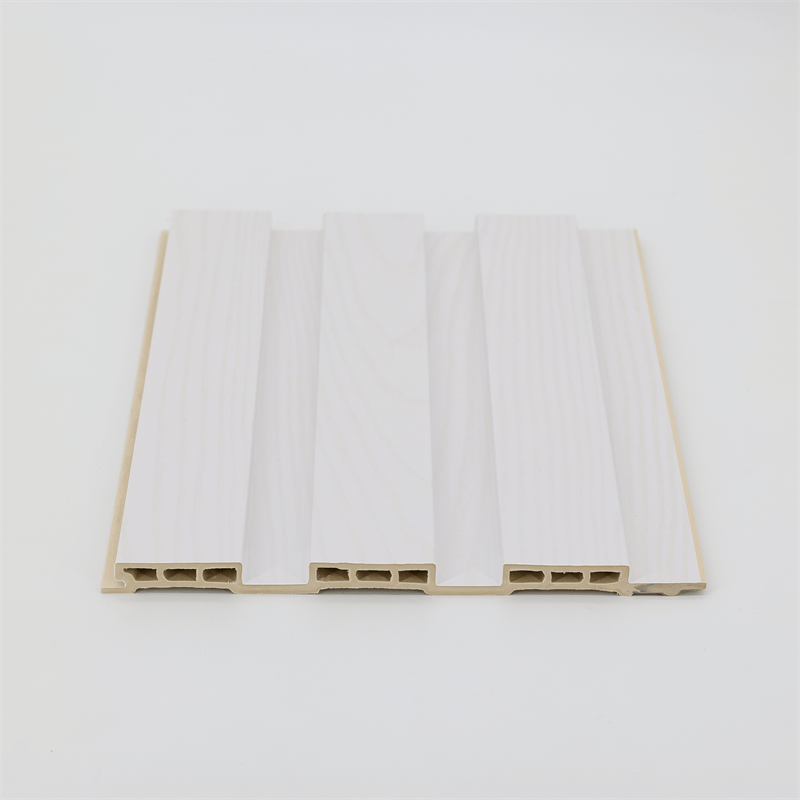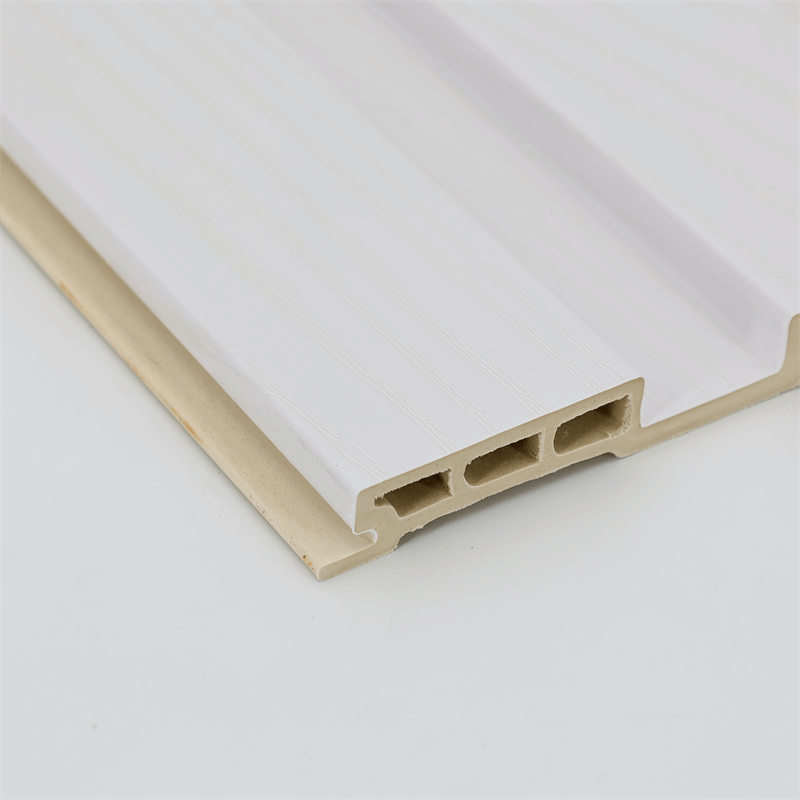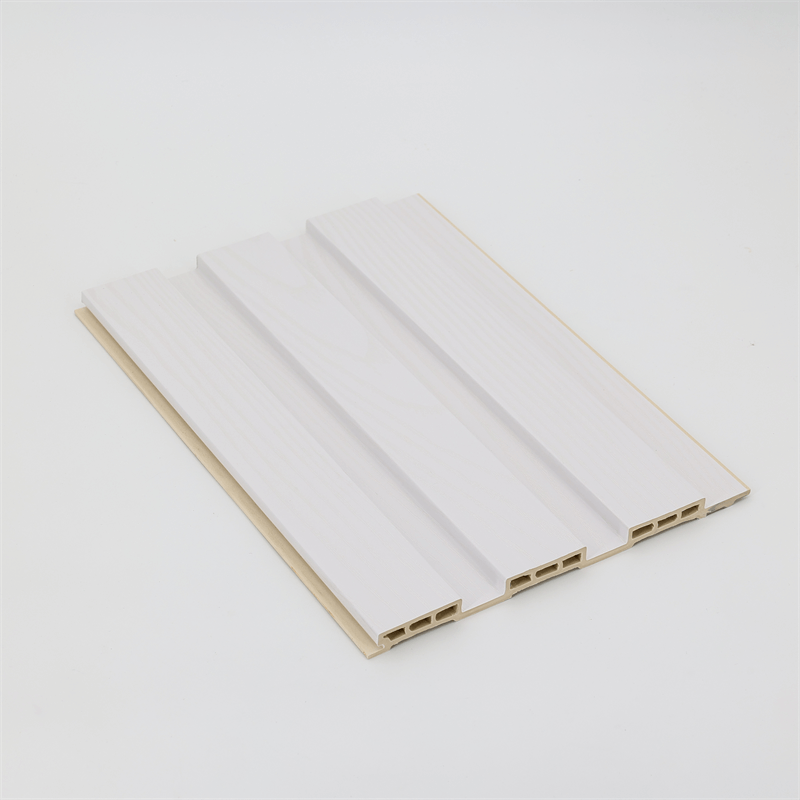
As urbanization and technology continue to dominate our lives, there is an innate yearning for a connection with nature.
This longing has led to the rise of the biophilic design movement, an approach that seeks to incorporate elements of the natural world into our built environments.
One of the key components of biophilic design is the use of nature-inspired materials and motifs, which bridge the gap between the outdoors and indoor spaces.
Wood Plastic Composite (WPC) wall panels have emerged as an ideal solution, marrying sustainability with aesthetic appeal.
This article explores the essence of biophilic design, examines the synergy between WPC wall panels and biophilic principles,
showcases nature-inspired WPC wall panel designs, and delves into the manifold benefits of bringing the outdoors indoors.
The Biophilic Design Movement: A Yearning for Nature
The biophilic design movement is a response to the disconnect many experience from the natural world due to modern living.
Biophilia, a term coined by biologist Edward O. Wilson, refers to the innate human affinity for nature.
Biophilic design acknowledges this inherent connection and seeks to reintegrate natural elements into the built environment, thereby enhancing human well-being and productivity.
Incorporating biophilic design principles into interiors can involve integrating natural light, greenery, and organic materials like wood.
By blurring the boundaries between indoor and outdoor spaces, biophilic design aims to create a harmonious environment that reduces stress, fosters creativity, and improves overall health.

The Perfect Marriage: WPC and Biophilic Design
Wood Plastic Composite (WPC) wall panels provide an ideal material for bringing the essence of nature into interior spaces.
WPC panels combine the beauty of natural wood textures with the durability and sustainability of recycled plastic materials.
This synergy makes WPC an excellent choice for biophilic-inspired interiors.
Mimicking Natural Beauty: WPC wall panels can replicate the appearance of various wood species, including oak, walnut, or pine.
This ability to mimic nature allows designers to evoke the calming and rejuvenating effects of the outdoors within indoor spaces.
Eco-Friendly Material: By using recycled wood fibers and post-consumer plastic, WPC wall panels align with the eco-conscious ethos of biophilic design.
Incorporating sustainable materials contributes to a healthier planet and promotes responsible design practices.
Seamless Integration: The flexibility of WPC panels allows them to be seamlessly integrated into various interior design styles.
Whether in a modern, rustic, or transitional setting, WPC wall panels can complement and enhance the overall aesthetic.
Resistance to Moisture: In biophilic design, the inclusion of natural elements like water is essential.
WPC’s resistance to moisture makes it suitable for interior applications in humid areas, ensuring longevity and maintaining the nature-inspired ambiance.

Transforming Interiors: Nature-Inspired WPC Wall Panel Designs
Nature-inspired WPC wall panels offer a vast array of design possibilities that infuse interiors with the beauty of the outdoors.
Here are some trending nature-inspired WPC wall panel designs:
Organic Woodgrains: Capturing the essence of forests, WPC wall panels with organic woodgrain textures and earthy tones bring a sense of tranquility and warmth to interior spaces.
Floral Elegance: WPC panels adorned with floral patterns or motifs evoke the serenity of a blooming garden, lending a touch of grace and femininity to interiors.
Earthy Stone Textures: WPC panels that replicate the appearance of natural stone, such as marble or slate, create an atmosphere of grandeur and sophistication reminiscent of outdoor landscapes.
Bamboo Beauty: Emulating the beauty of bamboo, WPC wall panels with bamboo-like textures and shades impart a touch of Zen and organic charm to interiors.
Lush Greenery: Some WPC panels feature printed images of lush foliage or landscapes, bringing the vibrancy of nature into the heart of interior spaces.
Tranquil Water Elements: WPC wall panels with serene water patterns or ripples mimic the calming effect of water bodies, promoting relaxation and a sense of well-being.
Enhancing Wellbeing: The Benefits of Nature-Inspired Interiors
Integrating nature-inspired WPC wall panels into interior design goes beyond aesthetics; it positively impacts human health and wellbeing. Here are some of the benefits:
Stress Reduction: Nature-inspired interiors, in line with biophilic design, have been shown to reduce stress levels and promote a sense of calm and relaxation.
Improved Productivity: By fostering a connection with nature, nature-inspired interiors can enhance focus, creativity, and productivity in work and study environments.
Enhanced Mood: Exposure to natural elements, even in the form of nature-inspired designs, has been linked to improved mood and emotional well-being.
Biophilic Healing: In healthcare settings, incorporating nature-inspired elements can aid in patient healing and recovery, contributing to a more positive healthcare experience.
Increased Connection: Nature-inspired interiors create a stronger sense of connection with the environment, fostering a greater appreciation for nature and environmental consciousness.
Nature-inspired WPC wall panels serve as a powerful tool to bring the outdoors indoors, aligning with the biophilic design movement and its goal of reconnecting people with nature.
With their ability to replicate the beauty of wood and other natural materials, WPC panels create a tranquil and soothing atmosphere that enhances well-being and creativity within interior spaces.
As biophilic design continues to shape modern interior aesthetics, the marriage of WPC wall panels and nature-inspired concepts promises to elevate interior design to a whole new level,
fostering a harmonious union between people and the natural world.
